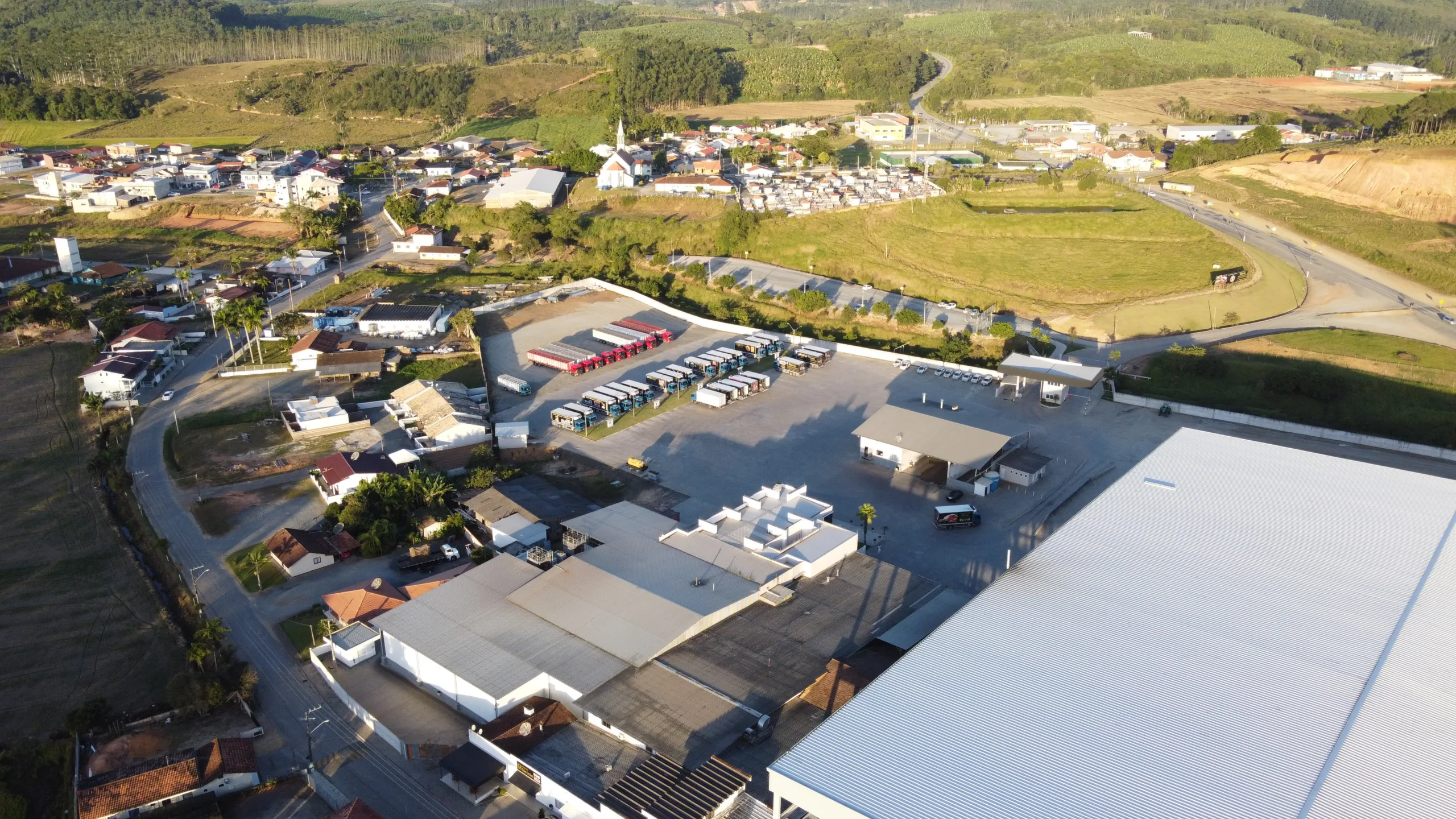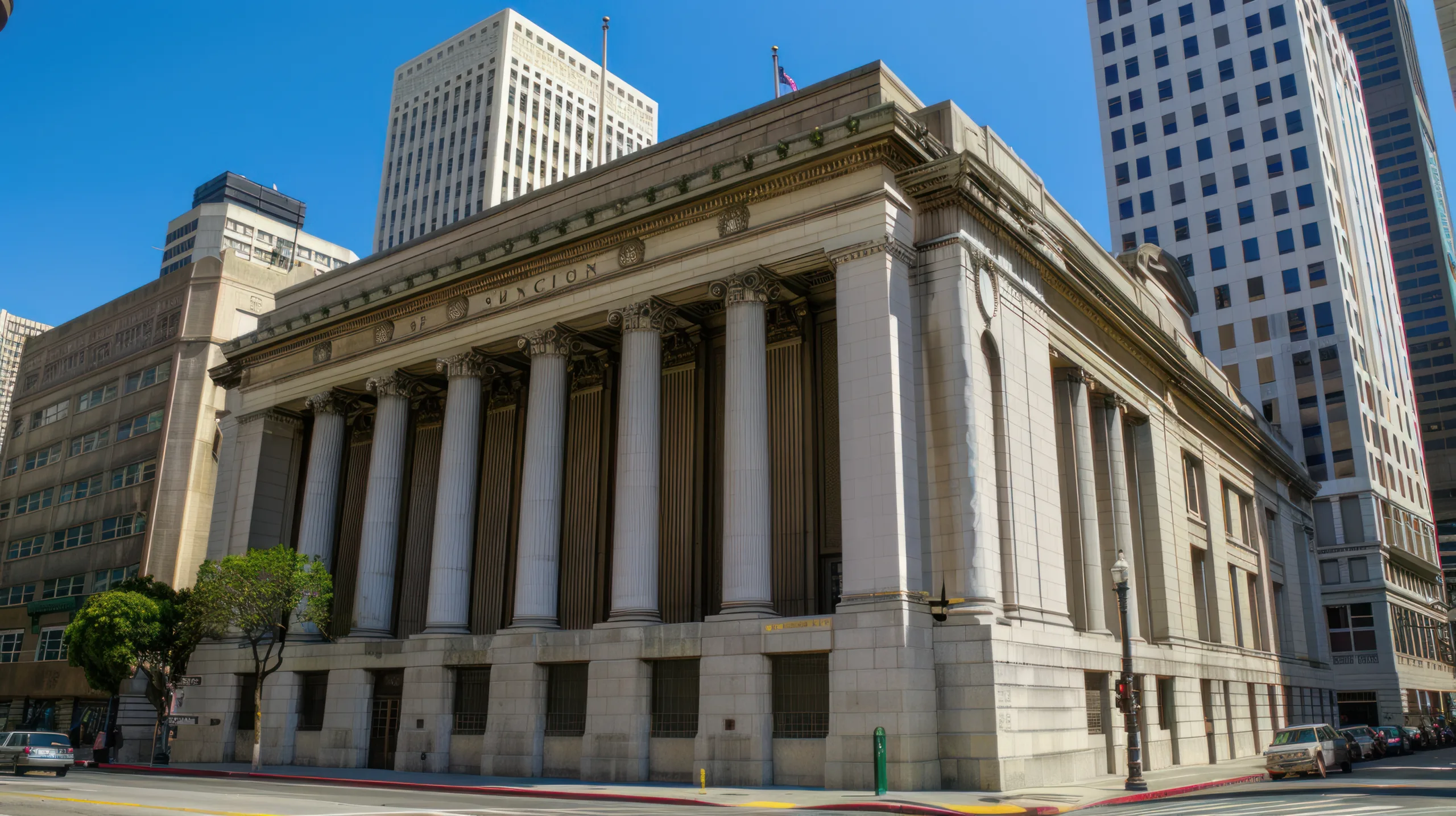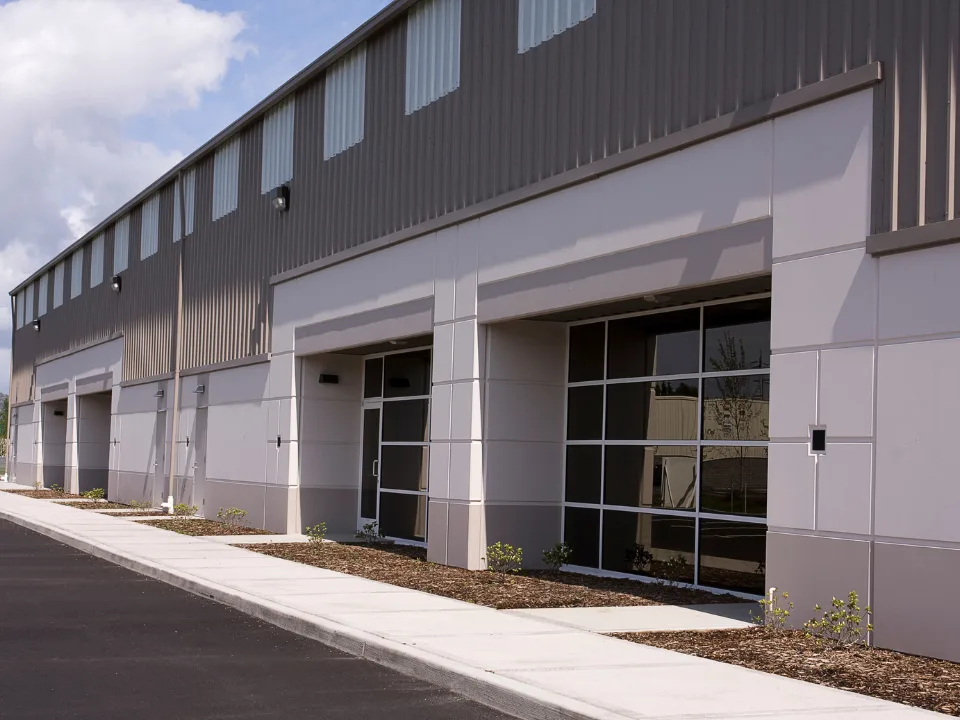- SouthState Bank’s $467M deal for 165 branches is the largest bank sale-leaseback in recent memory, spotlighting a growing trend among midsize financial institutions.
- Rising interest rates and capital needs are prompting banks to monetize branch real estate while retaining operational control through long-term leases.
- Investor demand for physical branches remains strong, even as digital banking rises, creating favorable conditions for sale-leasebacks.
Banks Tap Into Their Real Estate
SouthState Bank made headlines with its blockbuster $467M sale-leaseback deal covering 165 branches across six Southeastern states, reports Commercial Observer. The transaction marks a pivotal moment in the growing trend of banks offloading branch real estate for liquidity. Structured like a traditional sale-leaseback—more common in logistics and retail—the deal underscores how regional banks are reevaluating property ownership in a high-rate environment.
The Capital Equation
Bank executives, like SouthState CEO John Corbett, are viewing sale-leasebacks as strategic capital plays. Corbett called the transaction a “capital management exercise,” citing more attractive cost-of-capital metrics versus other funding sources. SouthState signed 15-year triple-net leases with 2% annual rent bumps, effectively locking in its branch footprint while freeing up capital for growth initiatives and acquisitions—like its recent $2B purchase of Independent Bank Group.
Get Smarter about what matters in CRE
Stay ahead of trends in commercial real estate with CRE Daily – the free newsletter delivering everything you need to start your day in just 5-minutes
Not An Outlier
SouthState’s move isn’t isolated. Harborstone Credit Union executed a $79.3M sale-leaseback earlier this year, while Fulton Bank raised $55.4M from selling 40 branches in 2024. Buyers include institutional investors like Blue Owl Capital and MountainSeed Real Estate Services, attracted by the long-term, stable returns these assets offer.
According to SLB Capital Advisors, 2025 is already outpacing the total volume of branch sale-leasebacks seen in 2023 and 2024 combined.
Why It’s Trending
Three key factors are driving the surge:
- High interest rates: Banks are looking for non-debt capital solutions.
- Digital disruption: Physical branches no longer equate to profitability—talent and technology do.
- Investor appetite: Branches, especially in strong markets, remain desirable assets.
“Banks need real estate, but they don’t need to own it,” said Tzvi Rokeach, a partner at Herbert Smith Freehills Kramer.
Risks And Trade-Offs
While sale-leasebacks generate immediate liquidity, they come with long-term lease commitments, reducing flexibility to close underperforming branches. Still, banks typically target top-performing locations for these deals—sites they plan to keep for decades.
Fulton Bank, for instance, pulled in $55.4M but incurred $4.4M in first-year rent, with 2.25% annual increases.
A Mid-Tier Strategy
Don’t expect megabanks like JPMorgan or Wells Fargo to follow suit—they have deep capital reserves and little need for alternative funding tools. Sale-leasebacks remain primarily a strategy for regional and community banks seeking to reinvest in tech, absorb securities losses, or fund expansion.
“Sale-leasebacks are a pretty attractive way to take out capital without taking on added debt,” said Griffin Pitcher, EVP at CBRE.
What’s Next
As economic pressures mount and tech upgrades become imperative, more midsize banks are expected to monetize branch portfolios. Sale-leasebacks are quickly becoming a preferred tool for balance sheet optimization—without sacrificing footprint.

















